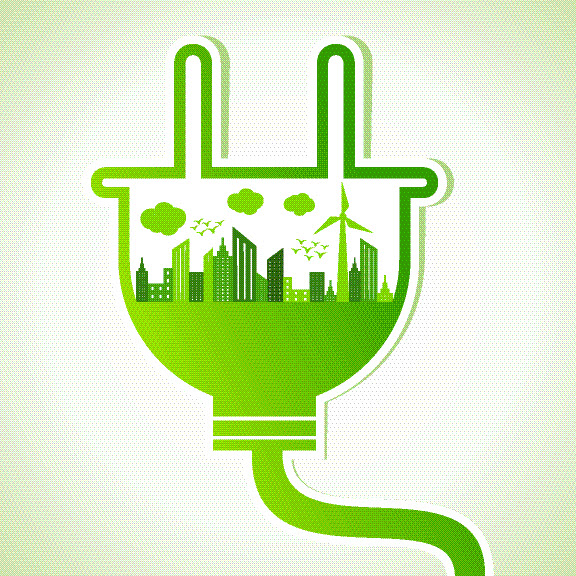5 Sensible Adjustments to Save on Utilities
February 24, 2016
Now that the holidays are over, ’tis the season for saving money, any way we can – and often, small changes in our utility usage can be a smart (and fairly pain-free) way to accomplish this.
Here are 5 sensible adjustments you can make to save on utilities.
- Adjust the heat and AC. Adjusting the thermostat is one of the most significant ways you can see savings on your utility bills all year
 round. For colder months, try setting the thermostat a bit lower. For example, if you normally set it at 72, try 68 during the day and even lower (perhaps 65) overnight. Also remember to turn down your thermostat when you are at work for the day. In the summer, set your thermostat higher, perhaps in the high 70s. This will still be quite comfortable compared to outside. While at first these adjustments may feel a bit extreme, your body will adjust and you will notice savings.
round. For colder months, try setting the thermostat a bit lower. For example, if you normally set it at 72, try 68 during the day and even lower (perhaps 65) overnight. Also remember to turn down your thermostat when you are at work for the day. In the summer, set your thermostat higher, perhaps in the high 70s. This will still be quite comfortable compared to outside. While at first these adjustments may feel a bit extreme, your body will adjust and you will notice savings. - Stop pre-rinsing. Pre-rinsing dishes before placing them in the dishwasher is no longer necessary. Most newer model dishwashers are designed to handle the stuck-on food to leave your dishes clean and sparkling.
- Air dry . To save some money, experiment with air drying – from your dishes to your clothes to your hair.
- Check for water leaks. The cause of wasted water and increased water bills is often found in hidden leaks. A good way detect hidden leaks is to check your water meter before you go to bed and again first thing in the morning. If the number has changed, you may have a leak somewhere in your house.
- Check for air leaks. Drafty windows and doors can be a huge source of energy loss, in both the winter and summer months. If you notice a small draft, purchase a winterization kit at your local hardware store, and/or buy heavy insulated curtains. For a short-term solution, place blankets or towels at the base of a door to minimize the draftiness until you are able to install new weather stripping. If the draftiness is too severe, consider calling a professional to diagnose the problem and provide solutions.
While these changes may be small, over time they will really add up to sizable savings.